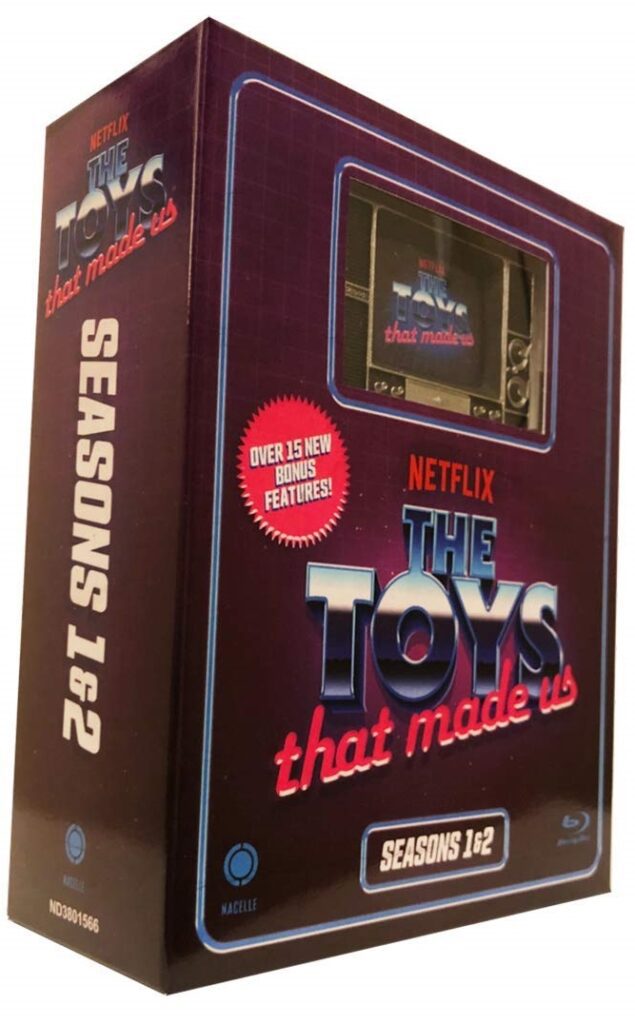
The Toys That Made Us is a Netflix documentary series that looks at the histories of famous toy lines. The seasons are short, running only four episodes each. The first covers Star Wars, Barbie, He-Man, and G.I. Joe, which all debuted on the streaming service on December 22, 2017. The second covers Star Trek, Transformers, LEGO, and Hello Kitty, which all debuted on May 25, 2018. The episodes tell compelling stories about those involved in the toy’s creation and the cultural impact they had.
The “Star Wars” episode opens with a historical re-enactment, which had me concerned we were going to be getting a mockumentary along the lines of Yacht Rock, but the makers have taken the job of telling the stories of these well-known brands seriously. There are interviews with people who were involved in the business, as well as authors and collectors well versed in the legends.
Star Wars has earned over $14B in toy merchandise so it’s easy to presume things ran smoothly from the beginning, but that was far from the case as Kenner, which became a major player in the toy business because of Star Wars, sold IOUs for figures because they weren’t able to get them to the stores in time. And people bought them.
In addition to the behind-the-scenes stories of successes and failures, there’s an interesting suggestion that the long gap between Return on the Jedi (1983) and The Phantom Menace (1999) may have been due to Lucas’s deal with Kenner being so bad for him financially. The lack of new material contributed to Kenner defaulting on the contract, so when the new trilogy was in the works, he renegotiated a better deal. Unfortunately, George Lucas declined to take part in the episode.
The “Star Trek” episode reveals how the brand succeeded despite a great deal of ineptitude by those handling it. During its broadcast run, Remco took part in the industry practice known as “label slapping” where they would slap stickers on items already in their production lines even though the items weren’t related to anything from the show. Once shown to the audience, it’s easy to see why the collectors laugh and mocked the items.
When Star Trek aired in syndication, there was a great demand for merchandise. Mego figured it out, for the most part. It’s funny to hear former company president Marty Abrams tell his version of events, such as missing out on producing Star Wars toys, and then hear others contradict him. In addition to Star Wars taking over a portion of the market, business shenanigans led to laws being broken and the Mego going bankrupt. Other companies took on Star Trek to varying degrees of success.
Each season appears on a DVD and includes one extra: A deleted scene from the “Star Trek” episode (2 min) regarding the failure to tie-in to the Star Trek (2009) movie and a featurette with show creator Brian Volk-Weiss (8 min) who talks about creating the series and his criteria for subjects, which he broke for He-Man as toys for that franchise weren’t still in production.
The Toys That Made Us is an informative, entertaining TV series that should especially please former and current owners of the toys in the spotlight. While there’s clearly an esteem held for the creators, these programs aren’t hagiographies. Viewers are presented the highs and lows, as seen in the stories of Barbie co-creators Ruth Handler, whose husband Elliot was a co-founder of the Mattel, and engineer Jack Ryan, who helped her with the doll’s design. Am glad to see Netflix is making these shows available beyond their streaming service because, like a toy, these stories deserve to be shared.